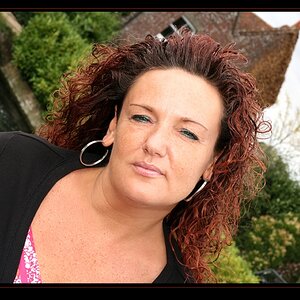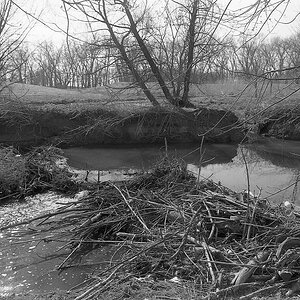ZapoTeX
TPF Noob!
- Joined
- Jul 16, 2011
- Messages
- 203
- Reaction score
- 12
- Location
- Milan, Italy
- Can others edit my Photos
- Photos OK to edit
Hi everyone!
After seeing cgipson1's edits to my theater photos, I realized that I'm far from familiar with Lightroom.
I have a couple of questions on sharpening (but also in general). I'm using LR4, but it is identical to 3 to this regard.
1) In what order does Lightroom apply the edits? I think the order matters, at least for some type of editing, such as sharpening. While I very much appreciate that the editing is not destructive, but I'm curious about how all edits are applied when the image is exported. Is sharpening the last one? (hopefully it is)
2) Does the radius slider refer to the pixels of the RAW or the pixels of the exported image? I guess it's the RAW (otherwise it would be impossible to see any effect before you exported the image). However, if it is the RAW, isn't 3 pixels (the maximum radius) way too little? With a 12 MP camera and 1000 pixel size for the exported image, 3 pixels become 0.7 or so in the final image! That would mean that it is impossible to sharpen with a wider radius?
3) When you export a photo, you can choose whether to apply sharpening or not (web or print, standard or more). Is it at all related to the settings one uses for the sharpening in the "detail" panel? How does it intertact with the previously applied sharpening?
4) I always thought that sharpening needs to be applied AFTER the resize. Then if my purpose is to export a 1000 pixel size for the web, why would I use the sharpening available in the "detail" panel? Especially since it refers to the pixels in the RAW! Is there a way I can control the sharpening applied during the export process in a more sophisticated way than just print or screen and standard or more?
Thanks a lot everyone and sorry for the long and boring post.
Ciao!
After seeing cgipson1's edits to my theater photos, I realized that I'm far from familiar with Lightroom.
I have a couple of questions on sharpening (but also in general). I'm using LR4, but it is identical to 3 to this regard.
1) In what order does Lightroom apply the edits? I think the order matters, at least for some type of editing, such as sharpening. While I very much appreciate that the editing is not destructive, but I'm curious about how all edits are applied when the image is exported. Is sharpening the last one? (hopefully it is)
2) Does the radius slider refer to the pixels of the RAW or the pixels of the exported image? I guess it's the RAW (otherwise it would be impossible to see any effect before you exported the image). However, if it is the RAW, isn't 3 pixels (the maximum radius) way too little? With a 12 MP camera and 1000 pixel size for the exported image, 3 pixels become 0.7 or so in the final image! That would mean that it is impossible to sharpen with a wider radius?
3) When you export a photo, you can choose whether to apply sharpening or not (web or print, standard or more). Is it at all related to the settings one uses for the sharpening in the "detail" panel? How does it intertact with the previously applied sharpening?
4) I always thought that sharpening needs to be applied AFTER the resize. Then if my purpose is to export a 1000 pixel size for the web, why would I use the sharpening available in the "detail" panel? Especially since it refers to the pixels in the RAW! Is there a way I can control the sharpening applied during the export process in a more sophisticated way than just print or screen and standard or more?
Thanks a lot everyone and sorry for the long and boring post.
Ciao!
Last edited:


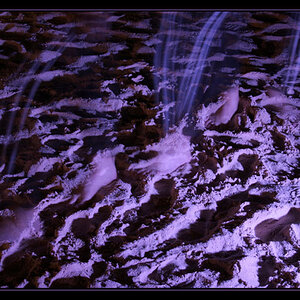

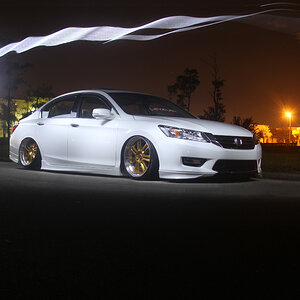
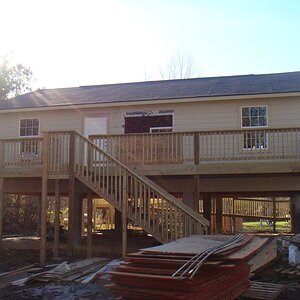

![[No title]](/data/xfmg/thumbnail/37/37604-7ad625e983f92f880eb65a264eeef5e4.jpg?1619738148)
![[No title]](/data/xfmg/thumbnail/37/37603-739c5d9b541a083a12f2f30e45ca2b7b.jpg?1619738147)
